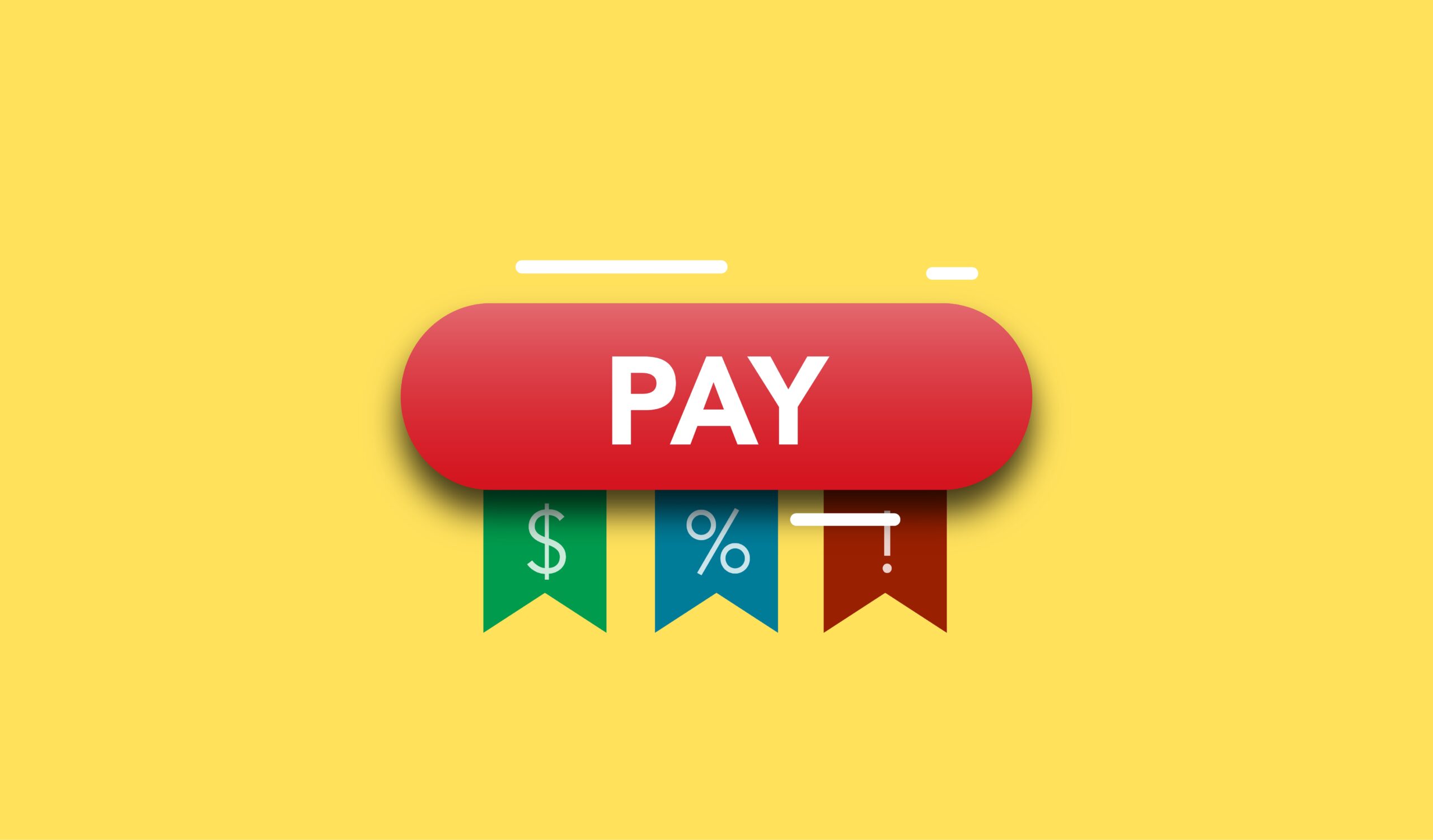Articles & Videos
10 Tips for Managing Cash Flow in Small Business

As a small business owner, cash flow are two words that you only really want to hear in the same sentence as positive. It’s the age-old balancing act of ensuring there’s more money coming into the business on any given period than there is coming out. It sounds simple enough but sometimes small oversights mount up and can cause cash flow to stall and when that happens consistently, it can be cause for concern.
Fortunately, taking a proactive approach to managing cash flow by setting some simple standards, can give you the peace of mind that you’ll be able to make all those day-to-day expenses.
10 tips for managing cash flow in small business
1. Get your invoicing in order
Don’t delay in issuing invoices for payment – if you’re laid back about when you get paid, it’s natural for customers to take advantage of your good nature. Get into the habit of invoicing immediately so there’s no extended period before payment. You can also offer a choice of payment terms but maybe a small discount for paying early and electronically could sway a quicker payment. Conversely, a charge for late payment can dissuade late payers.
Also decide what your payment terms are and monitor who pays on time. Having visibility of customers that are becoming slow to pay allows you to address it before it escalates – if it’s a larger order or contract, it’s probably reasonable to ask for a deposit up-front or at least payment in stages so you’re not relying on one big payment.
2. Keep good reporting and accounting standards
This goes hand-in-hand with invoicing. If your accounting and reporting aren’t accurate or timely, it’s hard to have a clear grasp on your financials. It’s always worth enlisting the help of accounting professionals if you feel that it’s becoming unmanageable. Modern accounting software can give you a more reliable system for you to track all the metrics you need (inventory, profit, revenue and accounts receivable and aging) and you can access the data on-the-go via the cloud.
3. Manage your inventory closely
Your inventory is your biggest asset but can also be your biggest drain on cash flow if not managed in a way that it can be converted to cash as quickly as possible. A system that allows real time stock levels and sales data will allow for optimum inventory. Without a good hold on this, cash flow can be compromised in several ways;
- Increased cost to hold product in stock and risk of holding onto stock that becomes obsolete;
- Not enough inventory can result in missed sales;
- Having to place rush orders at a higher price than it normally would be;
- Getting the right amount of inventory means less probability of paying a lease on excess space.
4. Manage your payments
If you have 45 day payment terms, make your payments as close to this as possible. You don’t want to incur late fees but the cash is better in your account for as long as possible, unless of course the early payment discounts on offer outweigh the benefit of holding onto the cash.
If you’re really up against it and you can leverage a good relationship with suppliers, you could request a payment extension but not at the expense of damaging a previously good working relationship.
If you have a relatively big purchase to make, talk to your finance partner about whether it’s best to purchase outright or finance that spend, taking into account the ‘bigger picture’ – it might be more beneficial to hold on to those reserves for a rainy day.
5. Build up a cash reserve
Short-term this might mean making sacrifices such as paying yourself less but especially given the current economic uncertainties, you’d be putting yourself in a much stronger position to deal with a downturn if you can set some cash aside. The annual tax outlay won’t be such a big surprise if you’ve estimated what it might be and put cash aside monthly or quarterly to cover that too.
6. Cut costs
Look at your biggest costs regularly to check if the rate and terms on leases and loans might be renegotiated in your favour. Go through projections line by line and identify unnecessary items that could be adding up – are you spending on subscriptions or one-off costs because they’re ‘tax-deductible’ but ultimately damaging to your cash flow?
7. Lease equipment instead of buying
It’s generally cheaper to lease equipment on a monthly basis than it is to finance it and more flexible than a loan. If you’re unconcerned about using it as a fixed asset, this is an easy way to reduce monthly expenditure.
For a business that needs access to the newest technologies, leasing does away with the challenge of equipment becoming obsolete and depreciating in value, plus it’s normally tax deductible.
8. Expand your market
Are there new sources of income that you can tap into to enhance your current product or services offering? Maybe you’ve got unused space that could be sub-let to produce additional income with a little re-organization? A little creativity can boost your cash flow.
9. Manage your suppliers
It’s natural to opt for the lowest price when choosing suppliers but consider the payment terms too; if it works better for you to have more flexible terms at a slightly higher cost, it’s worth comparing the details to keep cash flowing.
Also, just as you can offer a discount to your customers for early payment, make sure you ask if that’s something that might be extended to you. More often than not, your suppliers will be able to offer something, even if it’s a nominal amount.
10. Don’t confuse profit with financial health
Running a profitable business is not easy, however, using profit as an indicator of how well the business is doing financially is an easy cash flow mistake. Profit is like a snapshot measure of success but doesn’t allude to when the cash is moving in and out of the account. Profit could tell you you’re fine to purchase new equipment but doesn’t tell you that doing so will prevent you from making payroll at the end of the month.
82% of small businesses fail due to cash flow management but it’s fair to say it’s likely more complicated than this statement suggests. Usually, a cash flow issue is a symptom of several other problems which may eventually lead to the failure of a business if not addressed. If you keep on top of your cash flow and implement the steps above, you should be able to maintain a positive cash flow position.
When are you most likely to suffer a cash flow problem?
Even established businesses with the most experienced and organized team can experience liquidity problems through no fault of their own. It only takes an unexpected delayed payment or one deal to fall through to derail an otherwise successful business.
Businesses going through a period of rapid expansion can experience a cash flow squeeze as they underestimate the costs involved with that expansion with regards to investing in more people, facilities, equipment and marketing.
If you’re struggling to find the working capital you need to make your payroll and other commitments, address it early to have more chance of securing funding easily. You’ll be able to access funding more readily if you confront any issues head-on rather than waiting for a bad mark on your credit.
Feeling a cash flow crunch currently?
If traditional financing isn’t an option, a short term cash flow loan or invoice factoring facility could well be the solution to getting you back on track. Using an invoice factoring service can pay you quickly (usually within a few days) for outstanding receivables that you wouldn’t otherwise be able to collect for weeks or months and importantly, you’ll be able to carry on normal operations without borrowing.
Our specialists regularly help businesses struggling with cash flow to get some peace of mind by accessing flexible finance that’s suited to their unique situation. Contact us if you’d like to discuss your options.
Search
News
$1M Funding Fuels Agri-Business Growth Across Borders
Sallyport is pleased to announce a new partnership with a Canadian agriculture business, providing a $1,000,000 Accounts Receivable facility to…
Read MoreFueling EdTech Growth with $5.5M in Tailored Financing
Sallyport is excited to support a forward-thinking education technology company with a $5.5M combined Asset-Based Lending facility, including Accounts Receivable…
Read MoreArticles
Succession Planning – or Lack Thereof = Risk!
Succession Planning – or Lack Thereof = Risk! By Emma Hart Risk mitigation in our industry is, quite rightly, primarily…
Read More5 Growth Stages of Business and How to Finance Them
It doesn’t matter whether you’re in manufacturing or staffing, have one or fifty employees; the growth stages of business look…
Read MoreVideos
American Business Women’s Day
Sallyport Commercial Finance Celebrates American Business Women’s Day
View NowWhat is Factoring?
Here we explain what exactly factoring is and how we can help your cash flow…
View Now



